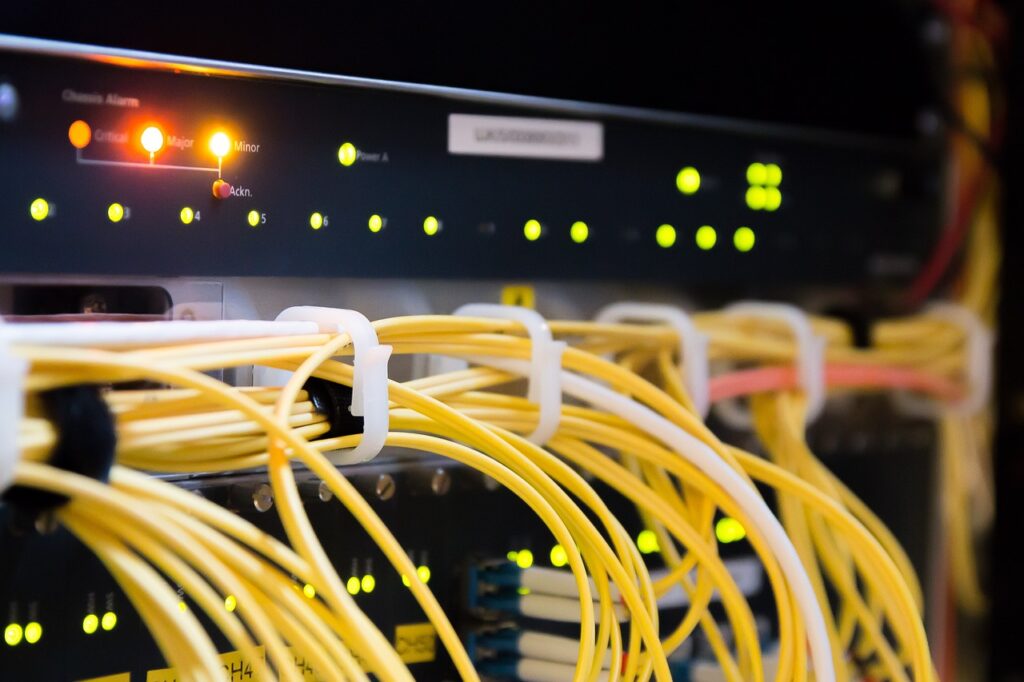What exactly is a DNS server?
The Domain Name System (DNS) is the Internet’s phonebook. When users type domain names into web browsers, such as ‘google.com’ or ‘nytimes.com,’ DNS is responsible for determining the correct IP address for those sites. The addresses are then used by browsers to communicate with origin servers or CDN edge servers in order to access website information. This is all made possible by DNS servers, which are machines dedicated to answering DNS queries.
What exactly is a server?
A server is a device or programme that provides services to other programmes known as clients. DNS clients, which are included in the majority of modern desktop and mobile operating systems, allow web browsers to communicate with DNS servers. See The Client-Server Model for more information.
How do DNS servers respond to DNS queries?
In an uncached DNS query, four servers collaborate to deliver an IP address to the client: recursive resolvers, root nameservers, TLD nameservers, and authoritative nameservers.
The DNS recursor (also known as the DNS resolver) is a server that receives the DNS client’s query and then interacts with other DNS servers to find the correct IP address. When the resolver receives the client’s request, it acts like a client, querying the other three types of DNS servers in search of the correct IP address.
The resolver begins by querying the root nameserver. The root server is the first step in converting human-readable domain names into IP addresses (resolving). The root server then responds to the resolver by providing the address of a top-level domain (TLD) DNS server (such as.com or.net) that stores information for its domains.
What exactly is DNS caching?
Recursive resolvers can resolve DNS queries using cached data in addition to the process described above. The resolver will store the correct IP address for a given website in its cache for a limited amount of time after retrieving it. If any other clients send requests for that domain name during this time period, the resolver can skip the typical DNS lookup process and simply respond to the client with the IP address saved in the cache.
When the caching time limit is reached, the resolver must re-retrieve the IP address, creating a new entry in its cache. This time limit, known as the time-to-live (TTL), is explicitly specified in the DNS records for each site. TTL is typically in the 24-48 hour range. Because web servers’ IP addresses change on a regular basis, resolvers cannot serve the same IP address from the cache indefinitely.
What happens if DNS servers go down?
DNS servers can go down for a variety of reasons, including power outages, cyber attacks, and hardware malfunctions. DNS server outages had a relatively large impact in the early days of the Internet. Fortunately, today’s DNS has a lot of redundancy built in. There are many instances of root DNS servers and TLD nameservers, for example, and most ISPs have backup recursive resolvers for their users. (Individuals can also use public DNS resolvers such as Cloudflare’s 1.1.1.1.) The majority of popular websites use multiple instances of their authoritative nameservers.
